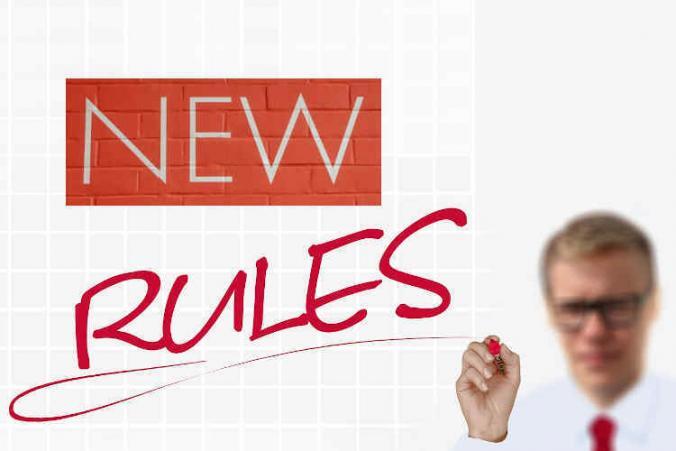Last week, we talked about cases where L&I rejected a work injury claim. Here, we’ll discuss examples and reasons when your L&I claim denied for occupational disease. Remember, an occupational disease is when you develop a medical condition due to your work settings. In contrast, a work injury is when a sudden accident happens at work.
Occupational disease L&I claim
Occupational disease is sometimes called industrial illness. In Washington State, the law that governs this topic is RCW 51.08.140. By law, “occupational disease” means a disease or infection arising naturally (or approximately) out of employment conditions. That’s a complex definition. In simple words, it refers to cases where unique work conditions cause an illness or infection. Usually, these diseases develop over time due to your workplace environment.
The law in Washington State favors work injury claimants. Simply put, it’s more likely that L&I will approve or allow your workers’ compensation claim than not. To allow an occupational disease claim, there must be objective medical evidence. On top, the medical facts must show that your distinctive employment conditions are the reason for the disease.
Why is my L&I claim denied?
You must file your L&I claim on time. Don’t delay or file late. For timing, the rules for an occupational disease claim are different than for a workplace injury. Here, the time limit is 2 years. More explicitly, it’s 2 years from when a medical provider informs you (in writing) that you have an occupational disease.
Generally, filing and timing is almost never an issue. However, the top 1 most common reason for L&I to deny a claim is lack of causation. In other words, it’s when you don’t show how your work conditions caused the disease. Furthermore, if we dig deeper, then there are 2 main issues with showing causation. The first is lack of distinctive conditions at your job. Then, the second is when there are other conditions in your life that are more likely to cause the disease.
L&I claim denied – a deeper dive
Let’s talk about the first issue. Remember, your work environment must have unique conditions that can cause the illness. To meet this requirement, you have to show how your employment, more probably than not, gave rise to your sickness. Your work conditions have to be truly unique. They can’t overlap with conditions you encounter in everyday life. Or in other general jobs. To approve your claim, L&I must be able to connect the dots between your work and the illness. And, unless the connection is obvious, you have to help them.
For example, say you catch the flu at work. There’s no chance that L&I will approve your claim. Why? Because you’re equally likely to catch the flu outside of work. Even if you work in a hospital treating flu patients daily (with one exception for Covid – please refer to other articles on my blog to learn about Covid workers’ comp claims).
Identifying the reason and source of your industrial disease
The second issue with claim denial is causation. Even if you show unique work conditions. Still, you must also show how the conditions are responsible for the illness. One challenge I see often is that there are many different causes for diseases. For instance, Carpal Tunnel Syndrome (CTS) is an occupational disease with many legal contentions. Many times, your employer will contest your claim for Carpal Tunnel Syndrome.
Medical literature supports that certain work activities are risk factors for Carpal Tunnel Syndrome. For example, repetitive forceful pinching and grasping. However, there are other known potential contributing factors. They include age, gender, body weight and pregnancy. Frankly, blaming causation on other risk factors (especially aging) is the most common reason to deny a workers’ compensation claim.
Workers’ comp claim denial due to causation
L&I can deny your claim for more complex reasons. Sometimes, in certain work environments, the medical community is still trying to understand the sources of certain sicknesses. For example, we now know that working in nuclear power plants caused workers to develop cancer. However, workers weren’t aware of these risks when they worked there. Furthermore, the cancer diagnosis came years later. The Hanford nuclear site in Washington State is a good example. Occupational disease claims stemming from working at Hanford remain highly contested.
Another more complex reason is showing exposure. Particularly, this problem arises when workers get exposure to certain toxins at work. In such cases, workers don’t need to show that a specific toxic agent caused the disease. It’s probably already known in the medical literature. Yet, they still must prove their exposure at work. As before, workers must show how the exposure to the toxins (in contrast to other factors) caused the disease. This can be extremely difficult to prove without identifying specific toxins. Moreover, identifying toxins in the workplace requires significant expertise. It can be a very expensive process.
Final notes
Occupational disease claims are complex. They have many moving parts. Plus, there are many reasons why L&I denies industrial illness claims. However, no matter what, if you believe you have an occupational disease, go see a medical provider. Then, file a claim at the provider’s office. After that, if L&I rejects your claim, you only have 60 days to protest or appeal the decision. Use these 60 days to figure out why L&I denied the claim. Assemble evidence to show why they should allow the L&I claim. Advocate for L&I to change their decision. As always, if things get too confusing, contact a workers’ compensation attorney for help.


